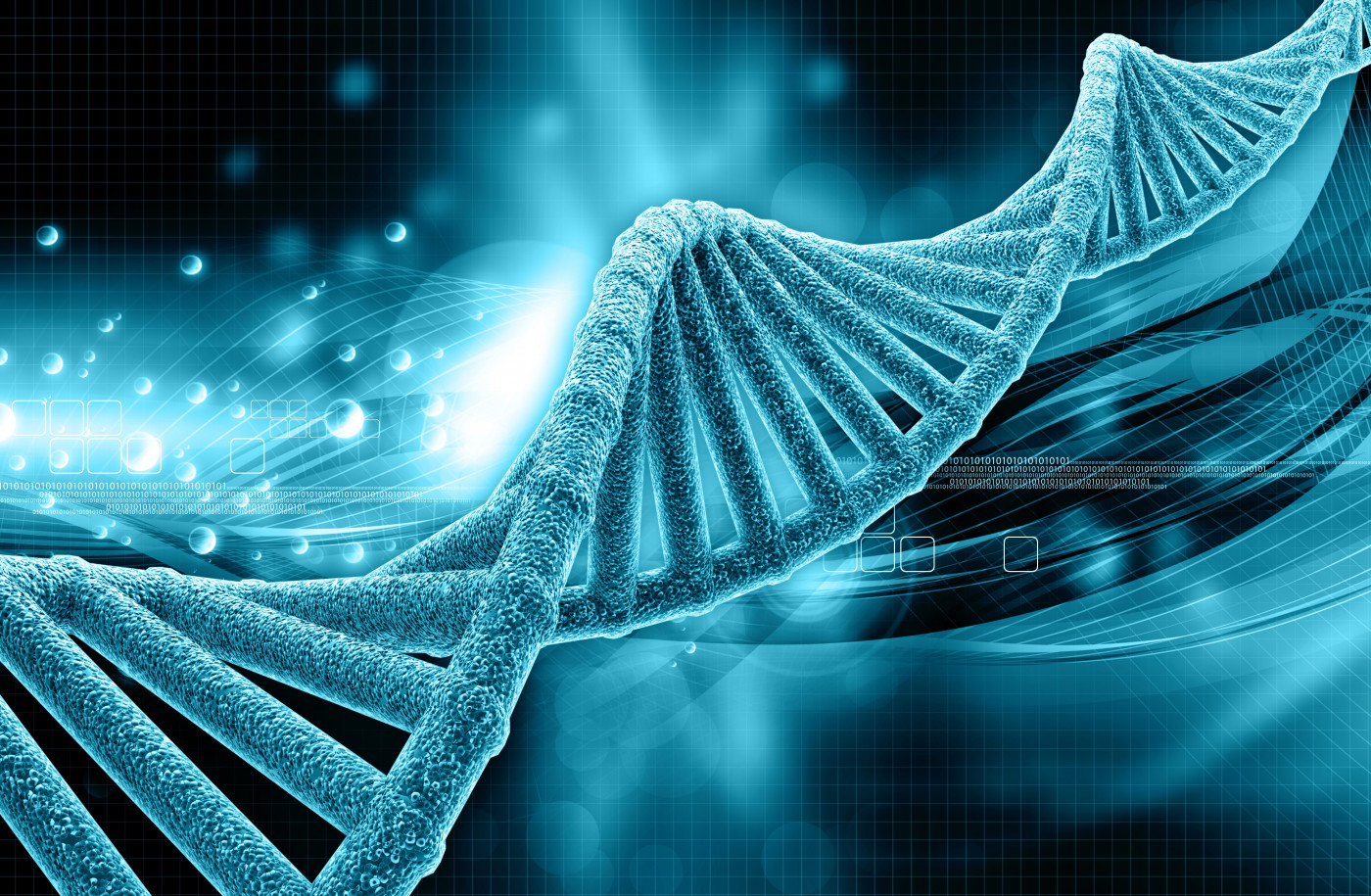Newly ID’d Mutation in FKBP14 Gene Linked to Kyphoscoliotic EDS
Written by |

A newly discovered mutation in the FKBP14 gene results in a misfolded protein that causes kyphoscoliotic Ehlers-Danlos Syndrome (kEDS), a rare subtype of this orphan disease marked by a spinal curvature that causes a hunched appearance.
Work on a molecular characterization of this mutation expands our understanding of kEDS biology.
The study, “The novel missense mutation Met48Lys in FKBP22 changes its structure and functions,” was published in the journal Nature Scientific Reports.
Ehlers-Danlos syndrome is a group of inherited disorders that affect the connective tissue, which provides structure to joints, skin, and other organs. EDS is associated with mutations in at least 19 different genes, one of which is called FKBP14.
FKBP14 produces a protein called FKBP22, which accelerates the rate at which collagen, the main structural component of connective tissue, folds into its functional helical shape.
A patient with kEDS (kyphoscoliosis refers to an abnormal curvature of the spine) was recently identified with a new mutation in FKBP14, which is thought to produce an FKBP22 protein in which an amino acid called methionine is replaced with one called lysine. The mutant protein is referred to as “M48K FKBP22.”
This study analyzed the functional consequence of this mutation.
Researchers found that the mutant protein was stable, and localized in the rough endoplasmic reticulum (an organelle within cells that plays a key role in protein synthesis), as is the normal protein. M48K FKBP22 functions, however, were clearly affected.
Computational modeling predicted that the normal and M48K proteins had nearly identical structures, but with slightly different biochemical properties.
The M48K mutation appeared to change the electrical charge found at the protein’s surface (the surface charge) and its hydrophobicity, or affinity for water. Hydrophobic molecules often clump together in water.
These changes can alter the protein’s activity, as proteins function inside a watery cellular environment, and molecules rely on their electrical charges to either be attracted or repelled by each other.
Consistent with the predicted changes in charge and hydrophobicity, the mutant protein formed aggregates and would not readily dissolve in water.
Through a series of in vitro [dish or tube] lab tests, the researchers showed that collagen folded less efficiently in the presence of the mutant protein, compared to the normal FKBP22 protein.
Functional studies showed that the mutant protein bound weakly to types III and VI collagen, both of which are thought to affect the symptoms of EDS patients with FKBP22 mutations.
The binding of FKBP22 to type X collagen has also been associated with EDS symptoms. Surprisingly, the binding between the mutant protein and type X collagen was stronger than that of the normal protein.
While the functional meaning of this interaction remains unknown, the researchers hypothesize that this stronger interaction might compete with other interactions necessary for proper type X collagen biosynthesis.
Interestingly, FKBP22 also bound to type IV collagen, an interaction not previously known. Type IV collagen is abundant in the lens, and 60% of kEDS patients with FKBP14 mutations have refractive anomalies, meaning that the lens of their eyes do not bend light correctly.
Further experiments in cells revealed that M48K FKBP22 localized to the rough endoplasmic reticulum. As in the in vitro studies, this protein was again observed to be slightly less soluble and more prone to forming aggregates.
“In conclusion, the M48K mutation does not affect the expression of FKBP22 … but leads to an FKBP22 with weakened functions,” the researchers wrote.
The team emphasized, however, that “additional studies are required to explore the disease mechanism of FKBP14-kEDS.”




